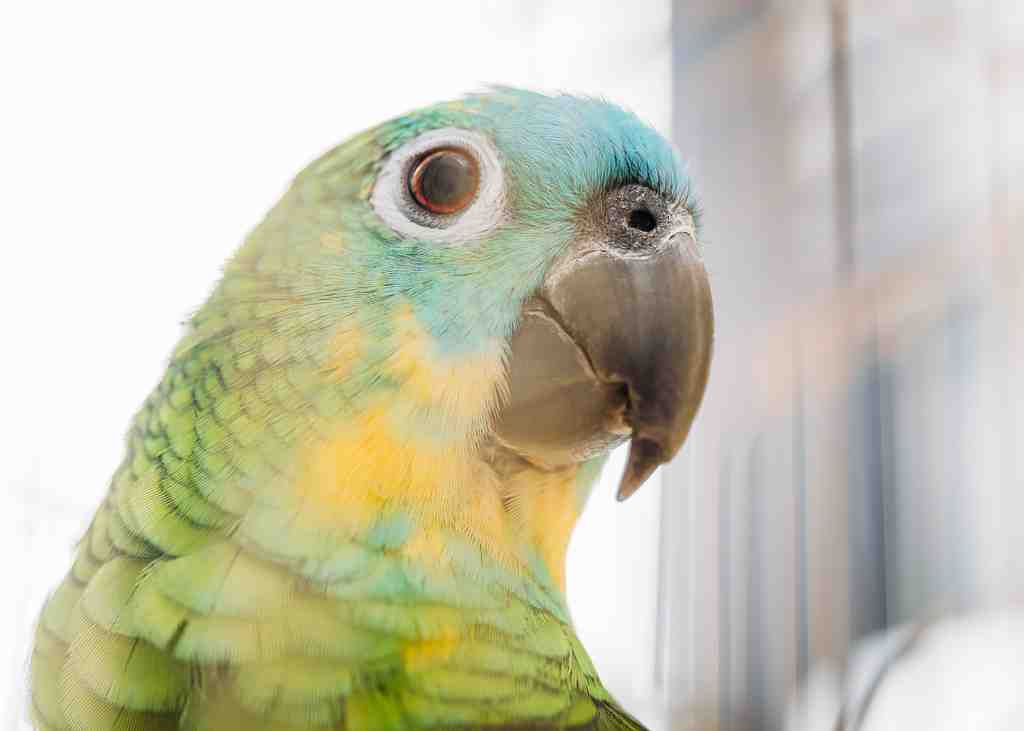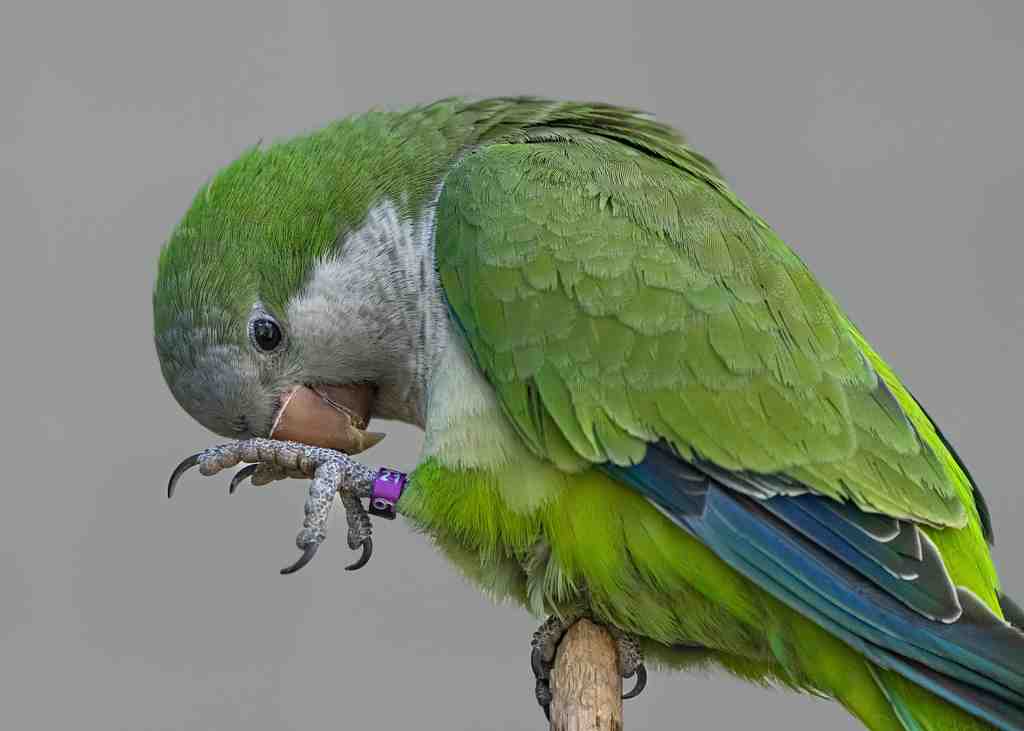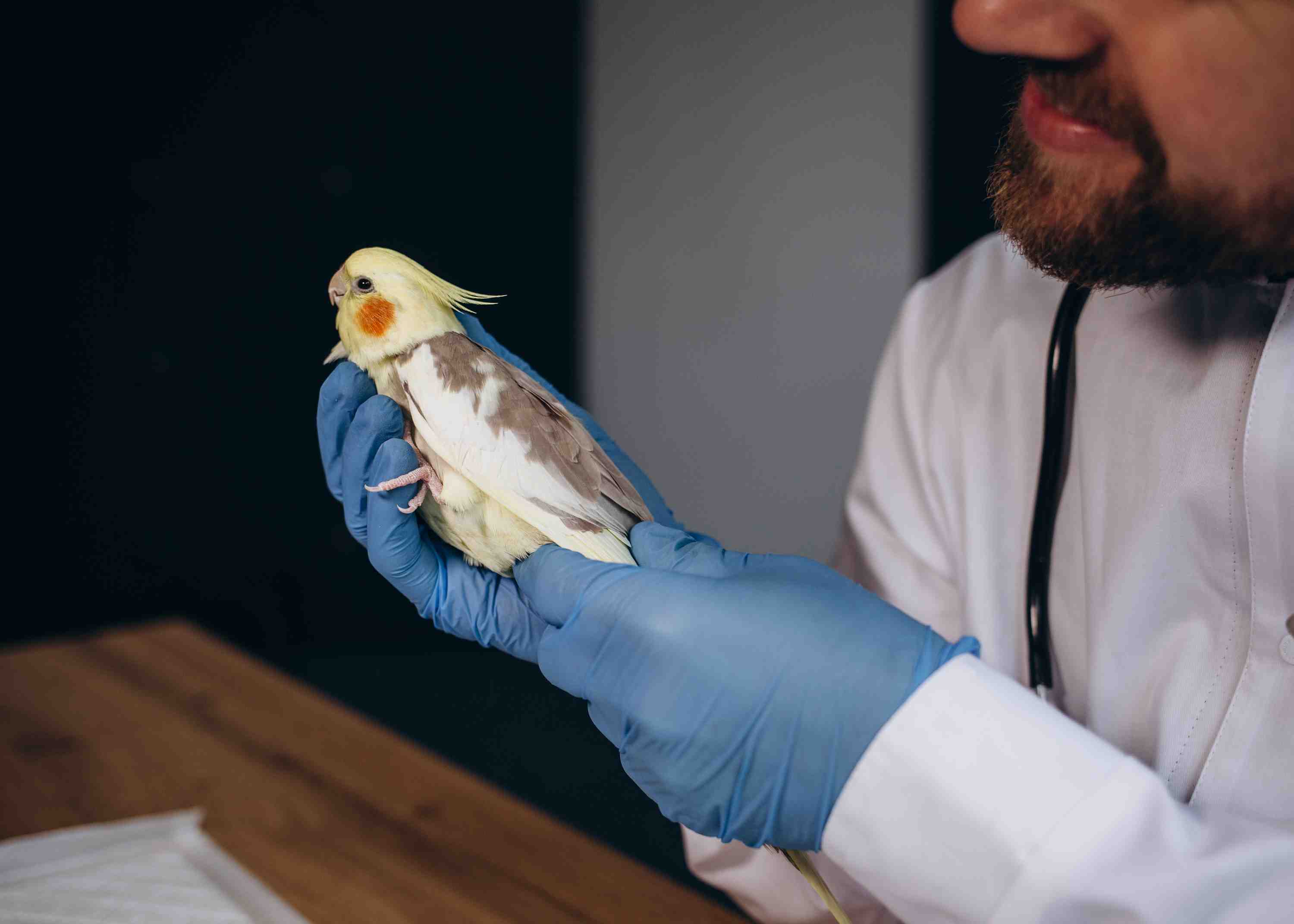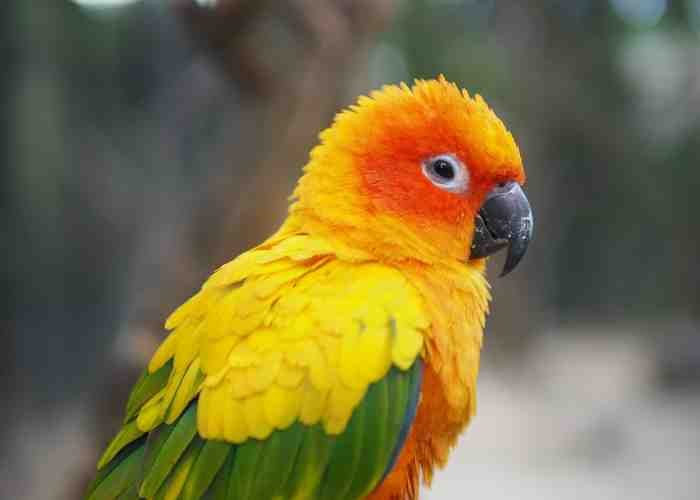Signs of a Healthy Bird
I recently posted a short video on signs of a healthy bird and some tips to look out for, so I thought I would go into a bit more detail in a blog post since it is such an important topic.
Observing signs of a healthy bird involves paying attention to its behaviour, physical appearance, and overall vitality. Here are key indicators to look for:
Observing signs of a healthy bird involves paying attention to its behaviour, physical appearance, and overall vitality. Here are key indicators to look for:
Physical Appearance

Feathers:
- Smooth, clean, and vibrant feathers without bald patches.
- No excessive preening or feather plucking.
Eyes:
- Clear, bright, and alert eyes.
- No discharge, swelling, or redness.
Beak and Nostrils:
- Smooth, well-aligned beak without cracks or overgrowth.
- Clean nostrils free from discharge.
Feet and Legs:
- Smooth, strong legs and feet without swelling or lesions.
- No signs of lameness or difficulty in perching.
Body Condition:
- Well-rounded chest with a firm keel (breastbone).
- No visible protruding bones indicating underweight.
Behaviour

Activity Level:
- Active, alert, and responsive to surroundings.
- Regularly engages in normal behaviours like flying, hopping, and playing.
Eating and Drinking:
- Consistent appetite and interest in food and water.
- Normal weight maintenance.
Social Interaction:
- Interacts well with other birds (if housed together) and humans.
- Displays curiosity and playful behaviour.
Vocalization:
- Regular, appropriate vocalization for the species.
- No sudden changes in the pattern or frequency of vocalizations.
Droppings
Consistency and Color:
- Droppings should be well-formed with clear distinctions between feces, urates (white part), and urine (clear part).
- No persistent changes in colour or consistency (e.g., watery, bloody, or discoloured droppings).
Additional Indicators
Breathing:
Steady, unlabored breathing with no wheezing, clicking, or tail bobbing (indicative of respiratory distress).
Grooming:
- Regular preening behaviour to keep feathers clean and aligned.
- Regular bathing with no distinct changes.
Signs to Monitor for Potential Health Issues
- Sudden changes in any of the above indicators.
- Lethargy, fluffing up of feathers (appearing "puffed up" for extended periods).
- Persistent tail bobbing or heavy breathing.
- Decreased or irregular eating and drinking habits.
- Any discharge from eyes, nostrils, or beak.
- Visible injuries or unexplained weight loss.
Regular observation and familiarity with your bird’s normal behaviours and appearance are crucial in detecting early signs of illness. If any concerning signs are noted, consult an avian veterinarian for a thorough examination and appropriate care. If you aren't sure or notice something off, please visit your avian vet. It is not advised to contact social media influencers for advice on a sick or injured bird!



